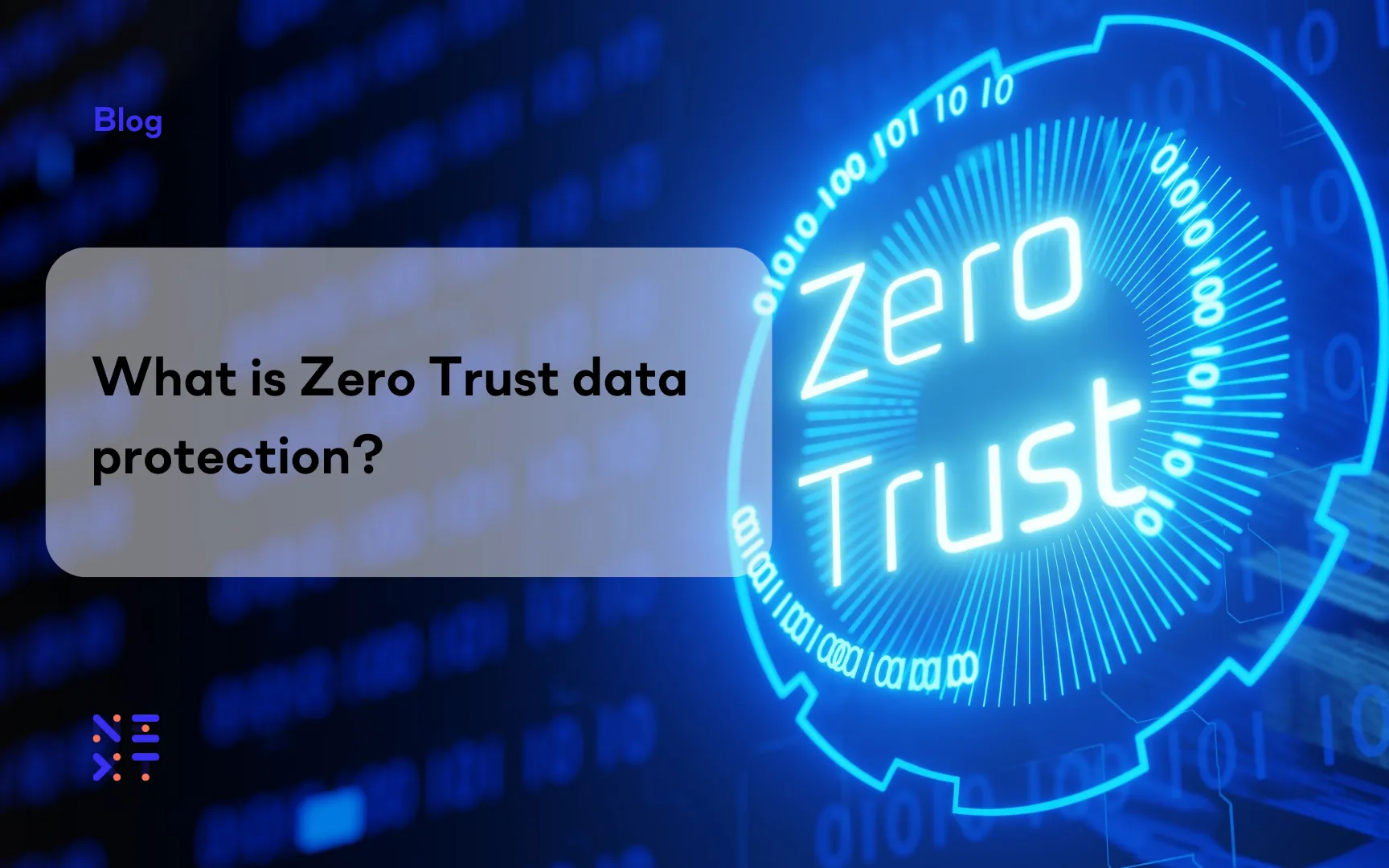Fortinet Acquires Next DLP Strengthens its Top-Tier Unified SASE Solution
Read the release

Security teams rely heavily on detailed and timely information to safeguard their organizations against an ever-expanding landscape of threats. Next DLP’s Activity Feed capability has been a game-changer in this regard, providing security analysts with a consolidated stream of actionable and contextual information, enabling them to focus only on the highest priority detections; reducing the time and cost of investigating data loss and insider threat.
The recent addition of the ability to export data in CSV or XLSX format further enhances Activity Feed, providing practitioners with even more flexibility and power in their data handling and analysis workflows. Exporting Activity Feed events in CSV and XLSX formats gives business stakeholders detailed insights into security events, enhancing risk assessment and decision-making. Additionally, it improves the analyst experience by allowing the attachment of relevant event data from Reveal as evidence in third-party systems. It also offers flexibility in selecting specific fields for export, ensuring the data is tailored to customer needs.
Activity Feed is a core component of the Reveal platform, offering a real-time view of user activities, policy violations, insider risk activity and potential data breaches.
Reveal Features: Activity Feed from Next DLP on Vimeo.
Here’s a closer look at the key features and benefits of the Activity Feed.
While the Activity Feed itself is a powerful tool, the ability to export data in CSV or XLSX format significantly extends its value to security practitioners. Here’s why this export feature is crucial:
Exporting data in CSV or XLSX format allows security analysts to leverage a wide range of tools and platforms for data analysis. Whether using Excel, Google Sheets, or more advanced data analytics platforms like Tableau or Power BI, practitioners can now import data from Activity Feed and perform in-depth analysis, visualizations, and reporting that suit their specific needs.
Security teams often need to share data with stakeholders, including executives, finance, human resources, auditors, and other departments. Exporting data in universally accepted formats like CSV or XLSX simplifies this process, enabling easy sharing and collaboration. For instance, a security analyst can generate a report on recent policy violations and share it with the compliance team, facilitating a coordinated response.
Security is not just about responding to immediate threats; it also involves understanding long-term trends and patterns. By exporting historical Activity Feed data, security teams can conduct extensive trend analysis to identify recurring issues, potential vulnerabilities, and the effectiveness of implemented security measures. This insight is invaluable for strategic planning and continuous improvement of security policies.
Consider a scenario where a security analyst at a financial institution detects unusual data access patterns. With Reveal policy and anomaly detections, the analyst can quickly identify the affected user accounts and the nature of the accessed data. Using the Activity Feed, they can easily access the event details, filter relevant events by time range, and focus on the specific area of concern to fully understand the scope and potential impact of the incident. Additionally, analysts can tailor the information to business partner needs by selecting the required fields for export.
By exporting the Activity Feed data in CSV format, the analyst can share it with business stakeholders or attach it in a ticketing system incident or case. This information allows the analyst and business partners to piece together a holistic incident timeline and determine the necessary remediation or disciplinary actions.
Additionally, the analyst can create detailed incident reports in XLSX format, which can be shared with the incident response team, management, and regulatory bodies. This ensures that all stakeholders are informed and that the incident response is both swift and coordinated.
Activity Feed is a vital tool for modern security practitioners offering real-time monitoring, detailed event data, and customizable views that enhance situational awareness and threat detection. The introduction of data export capabilities in CSV and XLSX formats takes this capability to the next level, providing unparalleled flexibility in data analysis, reporting, and integration.
By enabling security teams to export Activity Feed data, Next DLP empowers them to leverage the full potential of their data, facilitating more informed decision-making, streamlined reporting, and comprehensive security analysis. In an era where data is paramount, this feature ensures that security practitioners have the tools they need to protect their organizations effectively.
The ability to export Activity Feed data is not just a new feature; it is a crucial enhancement that transforms how security teams operate, enabling them to stay ahead of threats and safeguard their digital assets with confidence.

Blog

Blog

Blog

Blog

Resources

Resources

Resources

Resources
